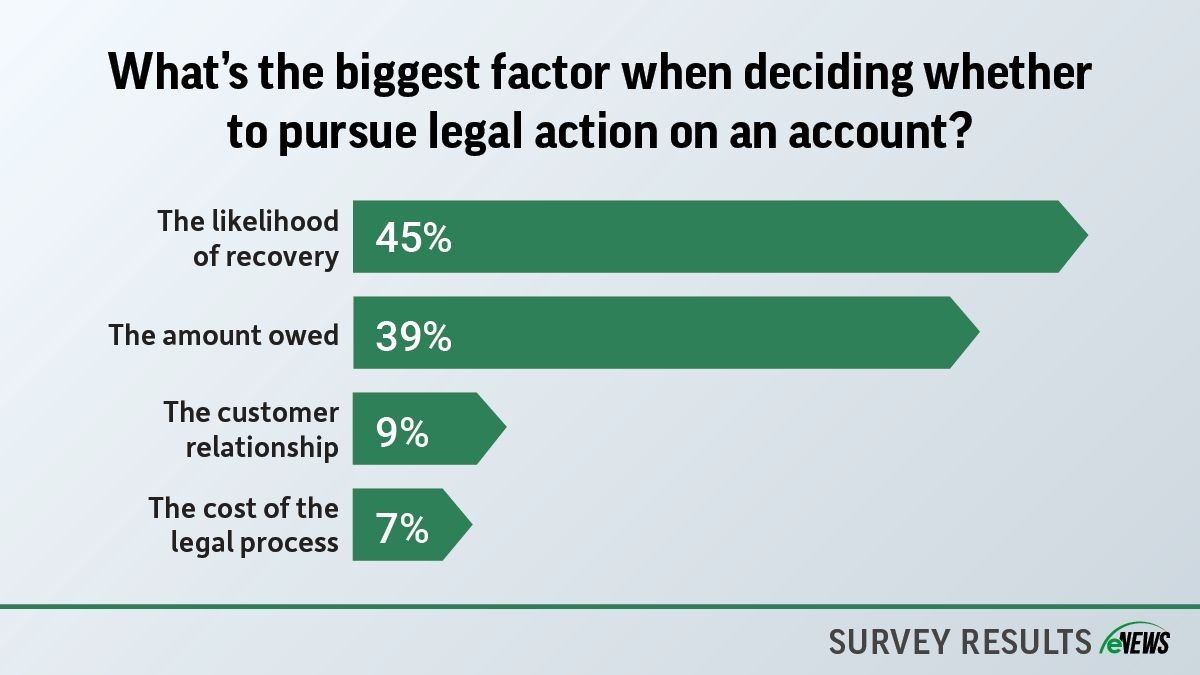Business Practices, eNews
Build a Bulletproof Credit Application

Due to supply chain challenges, more companies are seeking alternative suppliers, resulting in an increase in new customer credit applications. But even a well-established business that has been buying from other suppliers needs the same degree of risk assessment as a new company. How they abide by terms and pay other suppliers could be an indication of how well they will pay your company.
Credit applications are the first line of defense against risk. Risk mitigation starts the moment you receive a credit application from a customer, whether online or in a hard copy. Are there any red flags? Does the customer information make sense and is it consistent? Is this customer creditworthy? Building a solid credit application sounds simple enough, but not asking and subsequently confirming critical information can make the application close to worthless.
Prioritize KYC Practices
Know Your Customer (KYC) is a standard when assessing creditworthiness. It is the basic purpose of a credit application and helps the credit manager gather detailed financial information so they can make an informed credit decision. The more pertinent information you can gather ahead of time, the easier your review will be, said Jordan Peloquin, credit manager at Ozinga Bros., Inc. (Mokena, IL). “Customer supplied credit references, in addition to credit references you find, help you see how well-established the customer is.”
First and foremost, the credit application should fully and accurately identify the customer; the full name and legal identity of who is responsible for payment. The name on the credit application should match exactly the name on the purchase orders and on the invoices. This is not only relevant for enforcing collections, but also necessary to comply with Know Your Customer (KYC) for Restricted Party and Anti-Money Laundering laws.
To properly identify the customer, information required on the credit application should include the applicant’s full name, address, type of entity, contact information, tax ID number, disclosed bank and trade information. You should triple check to verify that the customer information is correct and consistent throughout the application and that name is incorporated in any guarantee. “What many consider ‘excess language’ is there for a reason,” said Emory Potter, partner at Hays & Potter, LLP (Peachtree Corners, GA).
When it comes to online credit applications, the customer-provided information isn’t always accurate or adequately input. “People may not understand what they are entering, so it may be just an off-the-wall deal that can work against them,” said Matthew Jameson, attorney at Jameson and Dunagan, P.C. (Dallas, TX). “But getting customer information through one-on-one conversations, preferably with an attorney, can help mitigate that risk.” As with any credit application, online or hard copy, it is the responsibility of the credit professional to confirm all information.
Establishing Terms & Conditions
The purpose of having a signed credit application is to protect your company’s interests. “Make sure your credit application has adequate verbiage to ensure your interests take priority over any notations on a customer purchase order to cover all purchases on open account terms with your company,” said Brett Hanft, CBA, credit manager at American International Forest Products, LLC (Portland, OR).
When discussing collections with your customer, refer to the credit application, advise them of the terms they agreed to and that you expect them to live up to the agreement, said Peloquin, who uses the credit application as a contract to collect payment. “When an account gets elevated to a collection company or our legal team, the credit application provides a basis for the ‘breach of contract.’”
The terms and conditions on the credit application should include an interest provision—the creditor’s right to collect finance or interest charges if a customer fails to pay on time. Quite often, credit applications are completed by someone in procurement or accounts payable who does not have authority to bind the company to payment of any interest or collections costs that may be incurred. To improve the chance of enforcing such a clause, it should be acknowledged separately on the credit application with a separate signature or initial.
The credit application should be signed by an individual authorized to obligate the company. If uncertain as to the authority of the signatory, ask for a corporate resolution or other document that validates the signature. Peloquin’s credit application has verbiage that allows his company the right to collect finance charges and legal fees incurred.
“In most states, you’re going to need a written contract in order to charge a maximum rate,” Jameson said. “The problem with that is if you don’t have a written contract, you could have a usury violation, which is the charge of an unlawful interest rate which there is a severe penalty for.”
A personal guarantee ultimately determines whether a creditor gets paid and must be tailored to the business. “It’s very easy and inexpensive to set up an LLC or any type of entity without the help of a lawyer,” Jameson said. “But you have to include a personal guarantee because if the debtor doesn’t pay, the personal guarantee will allow you to sue an individual for the debt owed or credit granted.”
Beware of the Battle of the Forms
A company would have to evaluate the importance of what clauses would be skipped by having a credit application serve as their legal contract with a customer, said JoAnn Malz, CCE, ICCE, NACM chair elect and director of credit and collections at The Imagine Group LLC (Jordan, MN). “If they use the credit application as a binding contract, then key clauses should be in the credit application with a notation that the credit application takes precedence over all POs.”
Creditors must be cautious when accepting purchase orders, Peloquin said. “In most cases, a customer’s written purchase order will state that their document supersedes prior agreements, which includes the terms and conditions.” This can be prevented by amending a purchase order issued by the customer or having them sign the order acknowledgement that reinforces the terms and conditions.
But changing terms and conditions after they’ve been set only leads to trouble for the creditor, breaking consistency and leaving room for error.
An area of conflict between the customer purchase order and the credit application is the identification of the legal venue. “In some states, you can designate a venue for when to file suit in the venues provision, which can work in your favor,” Jameson said. To ensure those provisions, such as exclusive jurisdictions, are valid, the application must have a signature block where the customer agrees to all of the terms and conditions and certifies that all information is correct.
You don’t need to revise your credit application every few years, said Jameson. “Creditor legal principles will not be much different twenty years from now but if you have a strong credit application tailored for your company, it can last you a very long time.”





